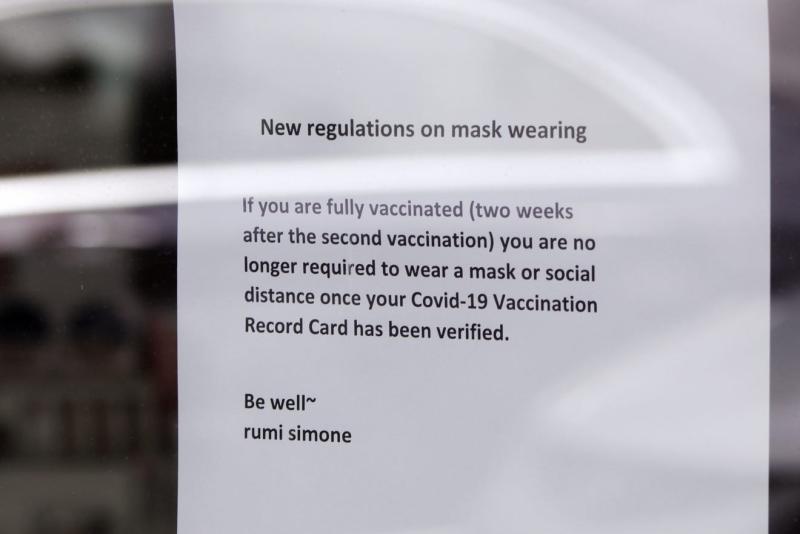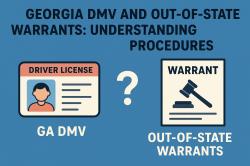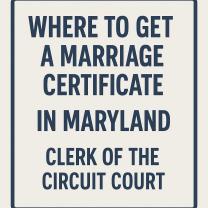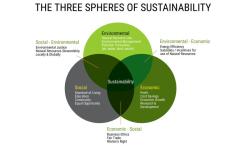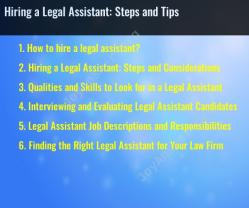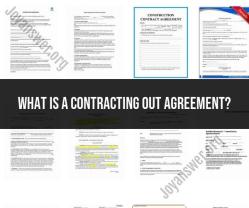What is a request for verification of an exemption?
A request for verification of an exemption is a formal document or process through which an individual or organization seeks confirmation or validation of an exemption from a particular requirement, obligation, or regulation. This request typically involves providing documentation and information to demonstrate that the requester qualifies for the exemption and is not subject to the usual rules, restrictions, or responsibilities imposed on others.
The process of requesting verification of an exemption can vary depending on the context and the specific exemption in question. Here are some common examples of when such requests might be made:
Tax Exemptions: Individuals or organizations may request verification of a tax exemption from the tax authorities. This typically involves providing financial records and other relevant documents to prove that they qualify for a specific tax exemption or deduction.
Educational Exemptions: Students or educational institutions may request verification of an exemption from certain educational requirements, such as standardized testing or specific courses. This could be for reasons like a medical condition or disability.
Workplace Exemptions: Employees might request verification of exemptions from certain workplace policies, such as dress codes or overtime requirements. They may need to provide medical or religious documentation to support their request.
Regulatory Exemptions: Businesses or individuals operating in regulated industries may seek verification of exemptions from certain regulations or licensing requirements. This could be based on qualifications or specific circumstances.
The process for requesting verification of an exemption typically involves submitting a formal written request to the relevant authority or organization responsible for granting or confirming the exemption. This request should include all necessary supporting documentation and information to demonstrate eligibility.
Once the request is submitted, the verifying authority will review the provided materials and may conduct further investigations, if necessary, to determine if the exemption should be granted or confirmed. The outcome of the request could be approval, denial, or a request for additional information.
It's essential to follow the specific procedures and requirements set forth by the relevant authority or organization when requesting verification of an exemption, as these processes can vary widely based on the context and applicable laws or regulations.
Request for Verification of an Exemption: What It Involves
A request for verification of an exemption is a formal process used to determine whether a particular activity or project qualifies for an exemption from certain regulations or permitting requirements. Exemptions are typically granted for activities that are considered to be low-impact or that have minimal environmental consequences.
The specific process for requesting verification of an exemption will vary depending on the jurisdiction and the type of exemption being sought. However, in general, the process will involve the following steps:
Submitting a request form: The applicant will need to submit a request form to the appropriate regulatory agency. The request form will typically ask for information about the applicant, the proposed activity, and the specific exemption being requested.
Providing supporting documentation: The applicant may also be required to provide supporting documentation, such as plans, drawings, or other materials that demonstrate that the proposed activity meets the criteria for the exemption.
Review and decision: The regulatory agency will review the request and make a decision on whether or not to grant the exemption. If the exemption is granted, the applicant will be issued a verification letter.
Understanding Exemption Verification Requests
Exemption verification requests are an important tool for ensuring that businesses and individuals are complying with environmental regulations. By verifying that an activity qualifies for an exemption, businesses can avoid the time and expense of applying for a permit. Additionally, exemption verification can help to streamline the regulatory process and reduce paperwork.
In some cases, exemption verification may be required before a business or individual can start a project. For example, a business may need to verify that a particular activity is exempt from stormwater permitting requirements before they can start construction on a new building.
The Process and Purpose of Requesting Exemption Verification
The purpose of requesting exemption verification is to obtain a formal determination from the regulatory agency that a particular activity does not require a permit. This determination can provide businesses and individuals with peace of mind and help to avoid potential penalties for noncompliance.
The process of requesting exemption verification typically involves the following steps:
Identify the applicable regulations: The first step is to identify the applicable regulations and determine whether any exemptions may be available. This information can usually be found in the regulatory agency's website or by contacting the agency directly.
Review the exemption criteria: Once the applicable exemptions have been identified, the next step is to review the exemption criteria carefully. The exemption criteria will typically specify the types of activities that qualify for the exemption and any limitations or conditions that apply.
Determine if the activity qualifies: Once the exemption criteria have been reviewed, the next step is to determine whether the proposed activity qualifies for the exemption. This will involve carefully comparing the activity to the exemption criteria.
Submit a request for verification: If the activity appears to qualify for the exemption, the next step is to submit a request for verification to the regulatory agency. This request will typically involve submitting a form and any required supporting documentation.
Receive a determination: The regulatory agency will review the request and make a determination on whether or not to grant the exemption. If the exemption is granted, the applicant will be issued a verification letter.
